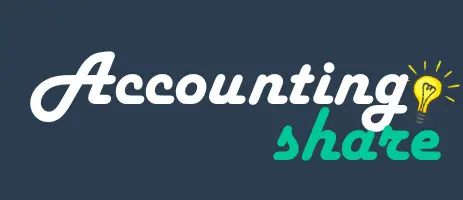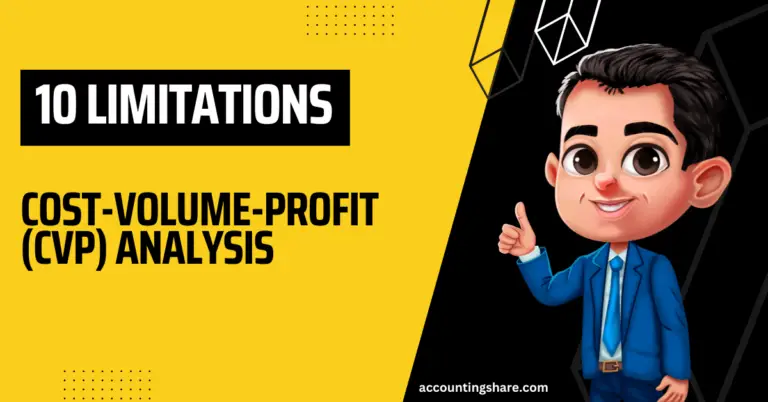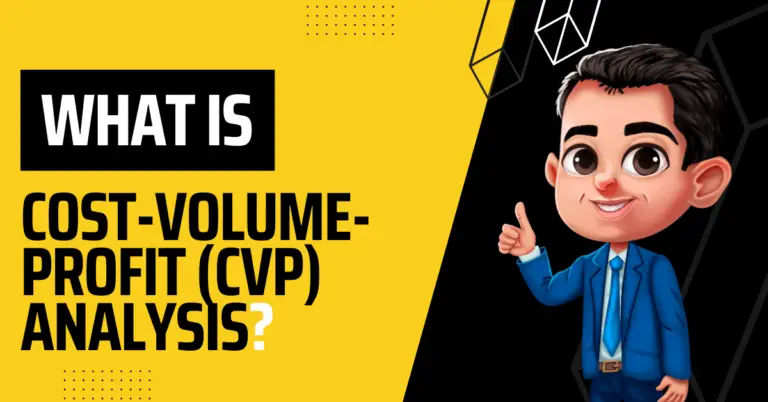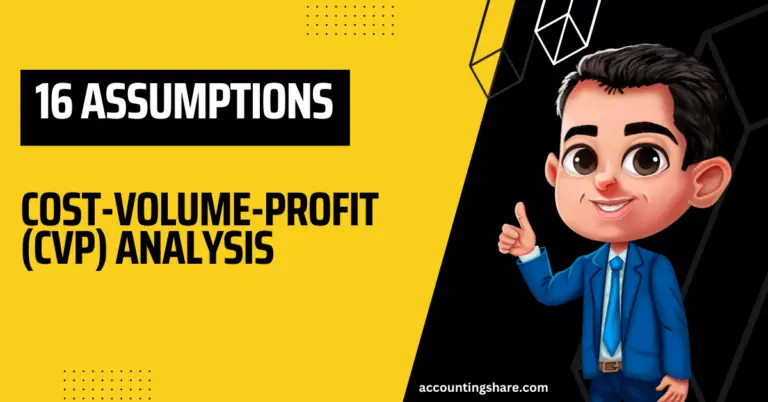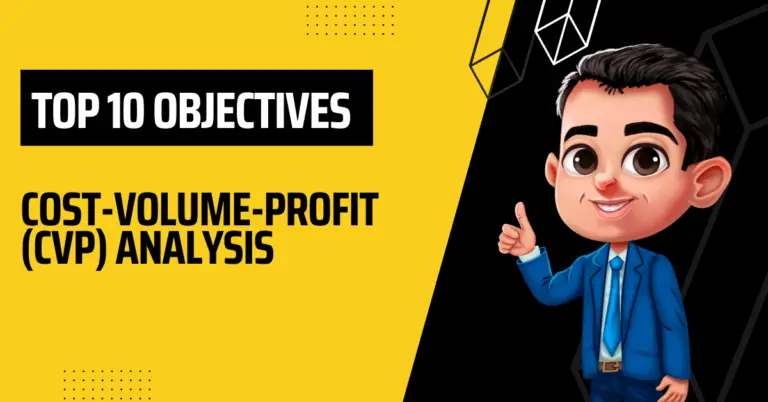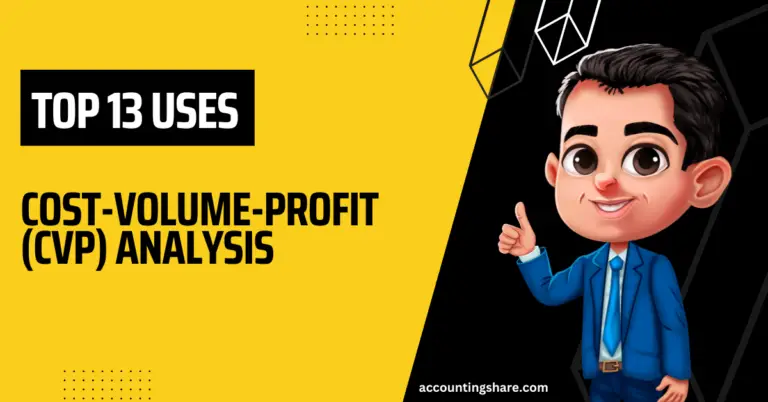Top 10 Advantages of Cost-Volume-Profit (CVP) Analysis [With PDF]
The cost-volume-profit (CVP) analysis reveals the connections between output volume and sales, cost, and profit, which greatly aids management in making crucial decisions.
In other words, cost-volume-profit (CVP) analysis is a crucial tool for management to understand how variations in cost and volume impact profit and to take the necessary actions.
The cost volume profit (CVP) analysis has numerous advantages, the top ten of which are listed below:
- Cost-volume-profit analysis is a special way to figure out how cost, volume, and profit are linked. This strategy is used as an important tool in business decision-making.
- The cost-volume-profit analysis helps figure out the minimum sales volume below which a business will lose money if it doesn’t sell.
- The cost-volume-profit relationship is used to determine the amount of sales that a business will need to make in order to make a profit.
- Cost-quantity-profit analysis helps management by providing relevant cost information for organization-specific decision-making. For example, determining the price of the product, stopping or continuing the production of the product, taking special orders, making or buying decisions, etc.
- A cost-volume-profit analysis strategy tells management how changes in production costs or sales prices will change or affect profits.
- A cost-volume-profit analysis helps management figure out how much production and sales need to go up to make up for a drop in profit caused by a drop in the selling price of the product.
- The cost-volume-profit (CVP) analysis is a very useful tool for forecasting, as well as long-term planning, expansion, and maintaining stability.
- The cost-volume-profit (CVP) analysis illustrates the relative significance of fixed costs within the context of a product’s overall cost. If the costs are high, it will prompt management to take action in order to bring these costs under control.
- The cost-volume-profit (CVP) analysis can be used to figure out how profitable different products are, in addition to the level of profit and loss. This can be done in conjunction with the level of profit and loss.
- A cost-volume-profit (CVP) analysis can help managers decide whether to close a business temporarily or permanently or to keep it going even though it is losing money. These decisions can be made either temporarily or permanently.
You can also read:
